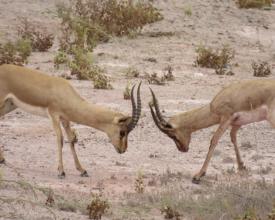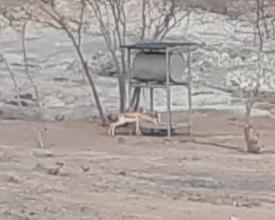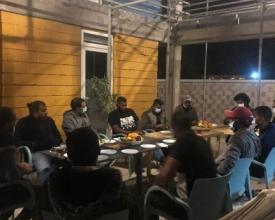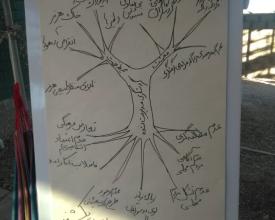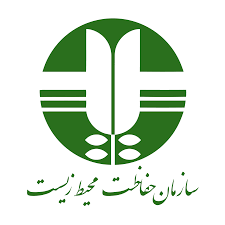
Jabir gazelles' conservation through integrated management approach in Hormuz island, Iran
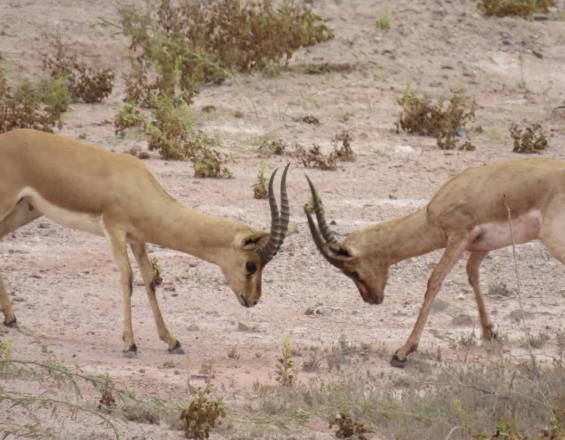
The gazelles’ conservation project in Hormuz island is part of a broader master plan, Presence in Hormuz Development Plan. The goal is to manage tourists' presence, their interaction with the local community, and their impact on the fragile ecosystem of the island.
Gazelles' population in Hormuz has drastically declined in the last few years. Among very causes is the increase in population of feral dogs as invasive species. After meetings with local activists and government authoriites in early 2020, it was decided that dogs would be captured from nature. Therefore, capturing boxes were designed and a vacant school was equipped as veterinary clinic.
Local volenteers captured 40 dogs (75% of the estimated population) which were then sterilized and tagged by the help of a volunteer veterinarian. At the same time, monitoring and provision of water and forage was provided with the help of Majara and local activists.
Impacts
- Developed multi-stakeholder and integrated process for environmental solutions implementation in Hormuz island.
- Improved biodiversity of the island by removing the threat of feral dogs on biodiversity as invasive population through capturing and sterilization.
- Influenced the local community’s attitude towards biodiversity through community participation in decision-making, action, and monitoring.
- Established a network of local community, private sector and government authorities to cooperate on sustainable tourism development in the island.
- Estblished HormozBoom, HormozKaar and HormozYaar to facilitate improving biodiversity, livelihood and education in the island, respectively.
- Initiatiation of ongoing projects such as recording the biodiversity of the island, pilot birdwatching tours, and integrated waste management by the participation of partner ecolodges.
- Established a truly holistic approach to guide the Hormuz island conservation and sustainable development.
